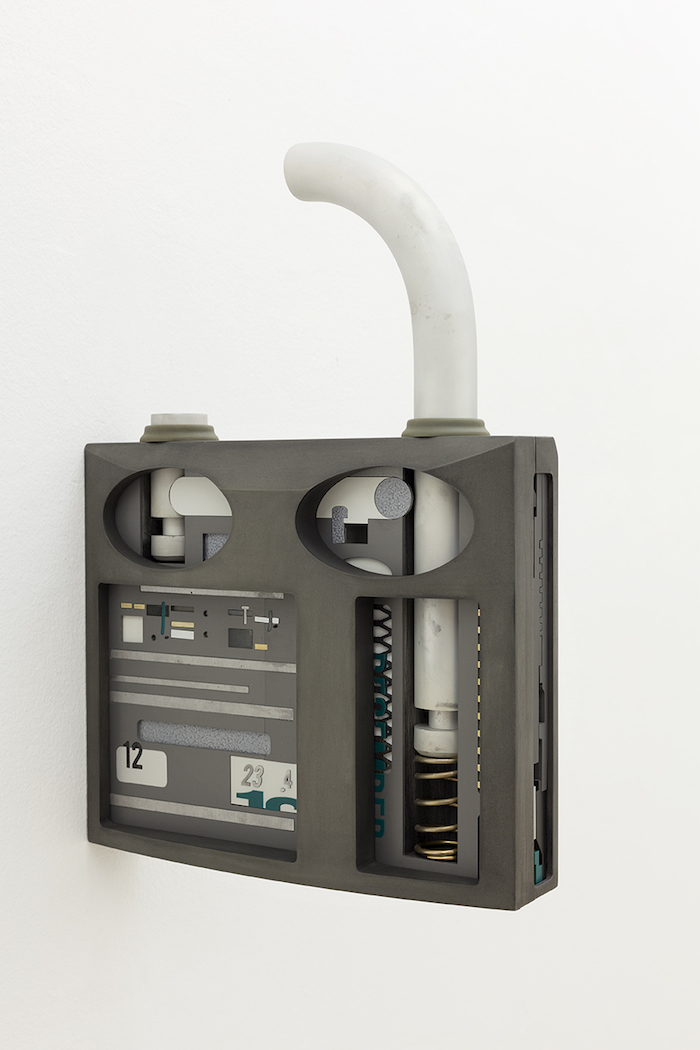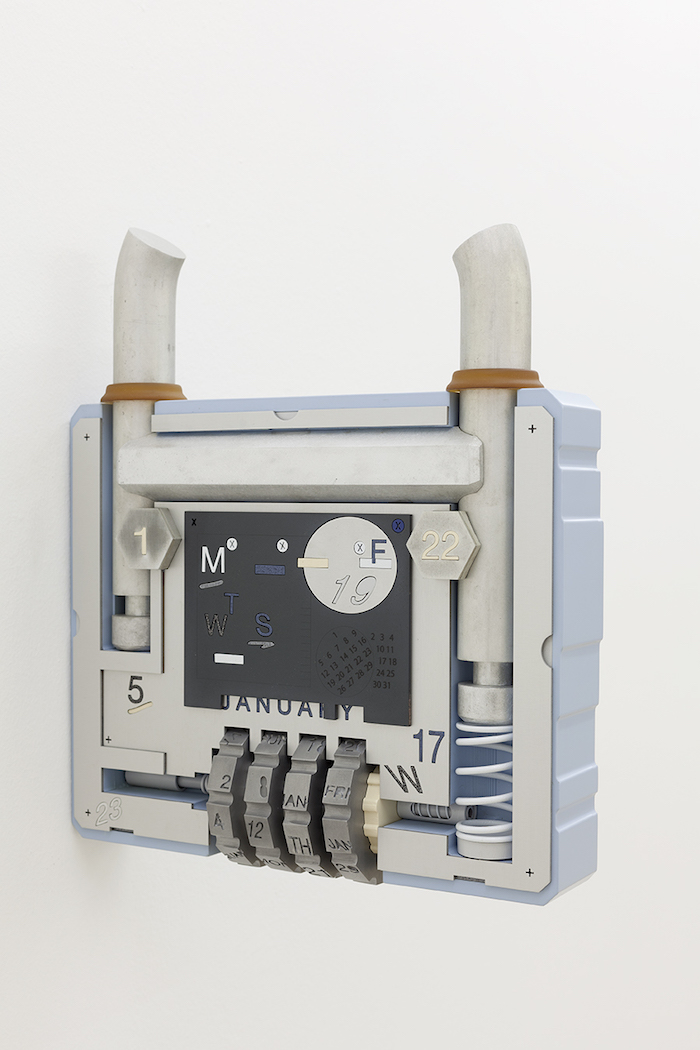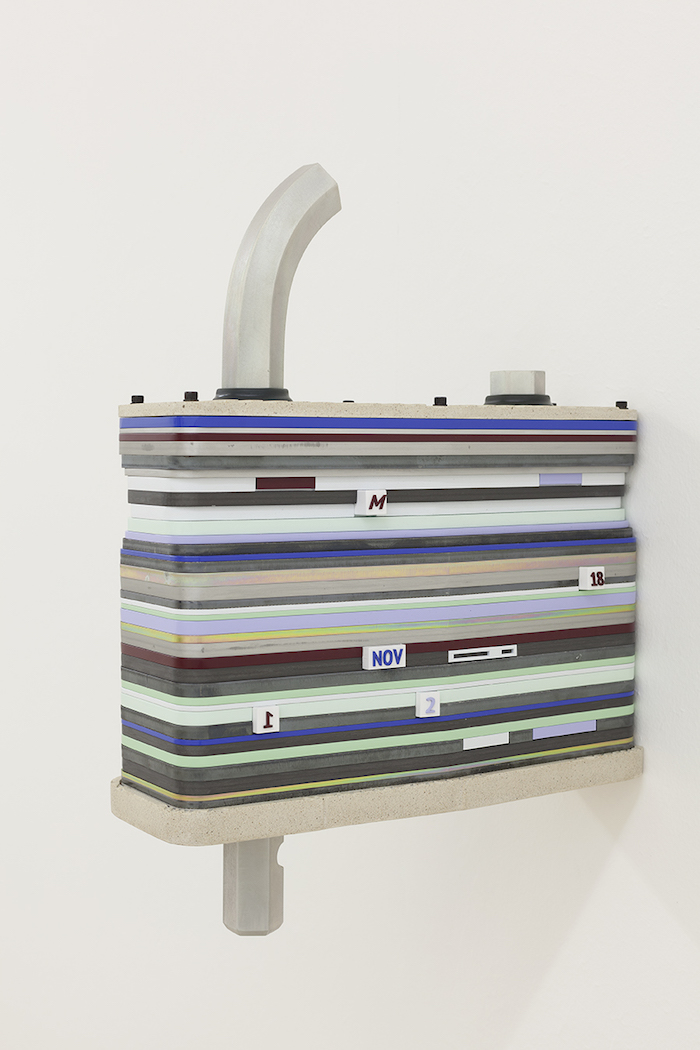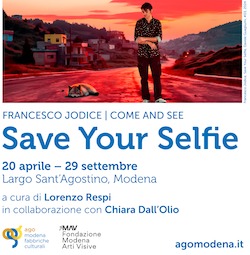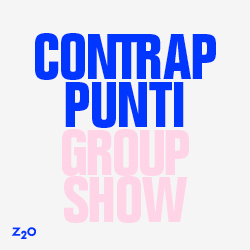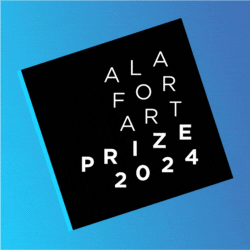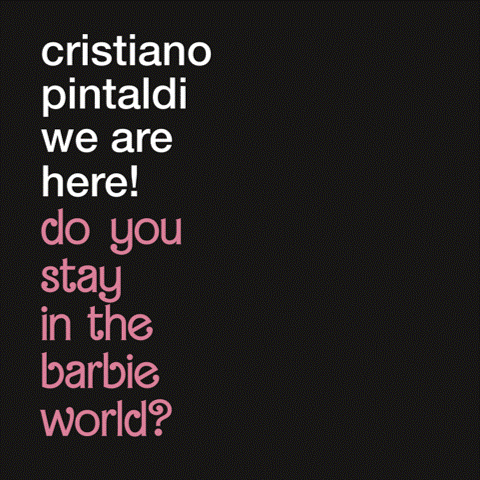
Ultimo appuntamento dedicato alle interviste agli artisti partecipanti al terzo ciclo di Conversation Piece | Part 3 – fino al 2 aprile alla Fondazione Memmo – curate da Marcello Smarrelli e dedicate agli artisti italiani e stranieri presenti per un periodo a Roma. Dopo Claudia Weiser e Jonathan Baldock e Piero Golia, è il turno di Magali Reus.
Come per le precedenti edizioni gli artisti si sono confrontati con un tema specifico: la natura degli oggetti e come li utilizzano nella loro pratica artistica. Cubismo, Dadaismo, Surrealismo, New Dada, passando per la Pop Art, il Minimalismo, l’Arte Concettuale … per giungere ai giorni nostri, gli oggetti sono stati uno snodo concettuale alla base delle ricerche di molti artisti.
Alcune domande a Magali Reus —
ATP: Riguardo al tuo soggiorno a Roma: c’è qualche opera, luogo o artista in particolare che ti ha in qualche modo influenzato?
Magali Reus: Quello che ho notato più distintamente visitando Roma è quanto l’architettura della città antica sia, in parte, come un corpo costantemente bisognoso di cure: colonne in pietra sgretolate, fissate con pesanti armature in acciaio per poter rimanere dritte; travi che si intersecano, bloccate e rinforzate come il ginocchio di un atleta. La parte più esterna dei muri degli edifici è cucita con “graffette” di grandi dimensioni, oppure ricomposta con cemento e pietre. Poi ci sono i più “scontati” corpi scultorei sparsi per la città: dita dei piedi, orecchie, torsi e teste ricciolute di eroi dell’antica Roma. In questo senso l’architettura della città respira visibilmente mentre cade a pezzi: è l’ultimo afflato di arroganza di una città che una volta era così grandiosa.
ATP: Che lavoro esponi in “Conversation Piece”? Perché l’hai scelto?
MR: Espongo alcune opere di una serie dal titolo Leaves. Questi lavori sono, a livello formale, basati su vari design di lucchetti. La “pelle” dei lavori è costituita da forme decisamente decorative, poi ingigantite a una scala di proporzioni enormi. Trasudano vistosità e monumentalità, che, attraverso il loro estendersi dal muro verso lo spazio fisico fronteggiando lo spettatore, creano una relazione fisica col corpo del visitatore, che a sua volta si ritrova in una sorta di figurazione scarnificata. C’è una relazione interessante qui con l’architettura della città e quel suo onnipresente senso di monumentalità “gonfiata”, che per un pedone che si guardi intorno può risultare un’esperienza abbastanza disorientante, confrontando la scala degli oggetti col proprio corpo.
ATP: Riguardo al sottotitolo di Conversation Piece | Part III – “Take an object / Do something to it / Do something else to it” (Jasper Johns) -, qual è la tua relazione con gli oggetti quotidiani? Quanto influiscono sulla tua ricerca?
MR: Molti degli oggetti che creo sono basati su cose del mondo reale, nel senso che guardandoli si troverà una certa familiarità. Ci sono però davvero pochi oggetti presi dalla quotidianità che finiscono nei miei lavori così come sono, e, quando ciò accade, normalmente hanno una patina o una finitura che viene rimossa, rispetto a quello che ci si aspetterebbe; o forse incarnano già un senso di mistero quando li trovo. Nel processo creativo cerco di trovare modi di allontanare l’oggetto dal peso di ciò che rappresenta, così come la sua inevitabile data di scadenza. Sono interessata a permettere agli oggetti di cambiare il loro “obiettivo funzionale”, restando comunque convincenti rispetto al modo in cui appaiono, cosa che ha spesso a che fare con il trovare metodi di costruzione adeguati. Il mio modo di presentare i cosiddetti “oggetti” non è appropriazione ma forse, piuttosto, una traduzione che conserva legami, ancorché spezzati, con l’originale.

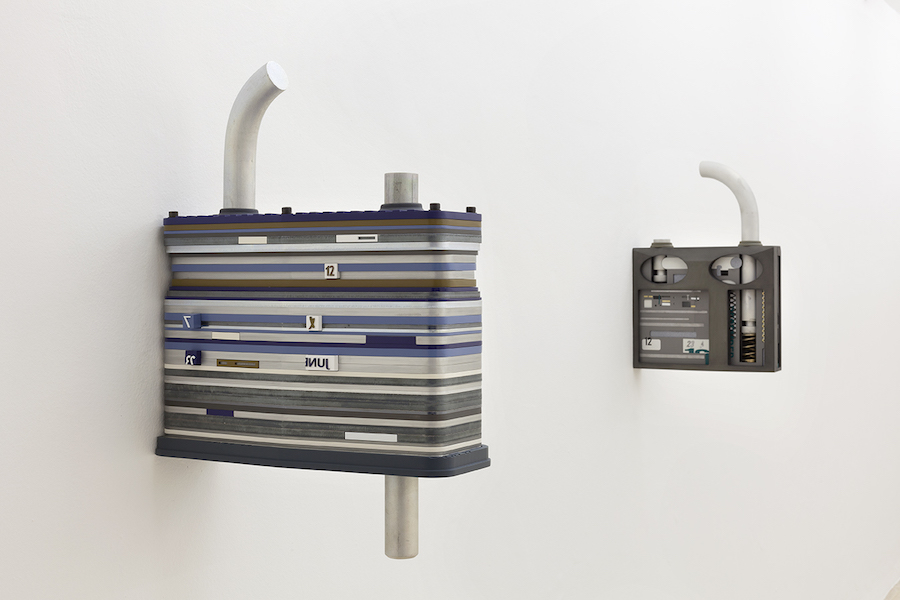
Conversation Piece | Part 3 — Magali Reus
Fondazione Memmo Arte Contemporanea presents Conversation Piece | Part 3, the third exhibition in a series curated by Marcello Smarrelli, and intended to chart the presence of italian and foreign artists currently living in Rome or particularly attached to the city. The artists invited to this third exhibition are: Jonathan Baldock, Piero Golia, Magali Reus (dutch fellow at the American Academy in Rome), Claudia Wieser (fellow at the Accademia Tedesca di Roma Casa Baldi).
Magali Reus (The Netherlands, 1981) whose sculptural Leaves series, act as smaller moments of specific architecture, which might become means of classical organisation. As deeply mechanized objects which act as metaphors for content that is just out of reach, the lock (or padlock) could be considered a signifier for concealed information, domestic privacy and social security. Inflated to a just uncomfortably proportioned larger scale, these wall-based sculptures, intersperse the industrial language of lock manufacture with something more colloquially diaristic as the traditional calendar. Comprising of multiple levels of engineered metals, plastics and cast components, these works use the calendar as a model for repetition and speed: days of the week, numbers and seasonal implications in varying colour, materiality and density are all housed within a larger enveloping casing. As intensely decorative forms, these lock works act as framing devices for personal information: the time of a dentist appointment; when to water the plants; birthdays, anniversaries, deadlines, deaths. Like archaeological markers, the works become enigmatic containers for a type of cryptic numerical shorthand that only the author can translate.
ATPdiary asked some questions to Magali Reus —
ATP: Regarding your stay in Rome: is there any artwork, place or artist that influenced you in some ways?
Magali Reus: What I noticed most about visiting Rome is how the architecture of the Ancient city in parts acts like a body in need of constant mending: brittle aging stone columns are strapped with heavy steel armatures to hold them upright; intersecting beams are pinned and reinforced like an athlete’s knee. Skins of building walls are stitched up with over-sized staples, or patched over with fresh fills and swipes of cement and stone mix. Then there are of course the more obvious sculptural bodies that are dispersed throughout the city: toes, ears, torsos and curly-locked heads of ancient Roman heroes. In this respect the architecture of the city is visibly breathing as it falls apart: this is the ultimate conceit of a city once so grand.
ATP: Which artwork will you show in “Conversation Piece”? Why did you choose it?
MR: I will be showing works from a series of works titled Leaves. These works are formally based on various padlock designs. The works’ skins are constructed as densely decorative forms, and they themselves are inflated to a just uncomfortably proportioned larger scale. They exude a figurative flamboyance and monumentality, which through their protrusion from the wall and into physical space addresses the viewer head on, thus creating a physical relationship to viewer’s body, themselves mirroring a type of disembodied figuration. There’s an interesting relationship there, to the architecture of the city and its omnipresent inflated sense of monumentality, which as a pedestrian viewer often can be quite a scale-disorientating experience.
ATP: Regarding the subtitle of Conversation Piece | Part 3 – “Take an object / Do something to it / Do something else to it” (Jasper Johns) -, which is tour relationship with daily objects? How much do they affect your research?
MR: A lot of the things I look at are based on things in the real world, meaning they will have a certain familiarity about them. There are only very few found objects that make it directly into the work as such, and if and when they do, they usually have a patina or finish which is removed from how you would expect that surface to be; or perhaps they already embody a sense of uncanniness when I find them. In the process of making objects I try to find ways of unplugging the object from the burden of its lineage, as well as its inevitable expiry date. I’m interested in allowing objects to shed their functional purpose yet allowing them to look convincingly confident in how they present themselves, which often has to do with finding appropriately suited methods of construction. My way of presenting so-called “objects” is not really an appropriation but perhaps rather a re-translation with many severed ties to the original.
